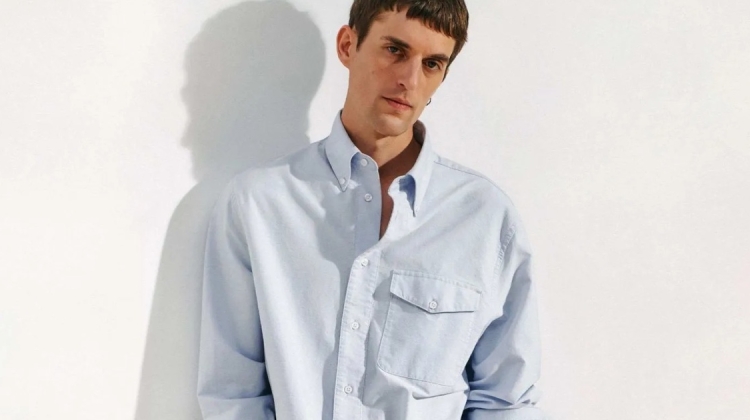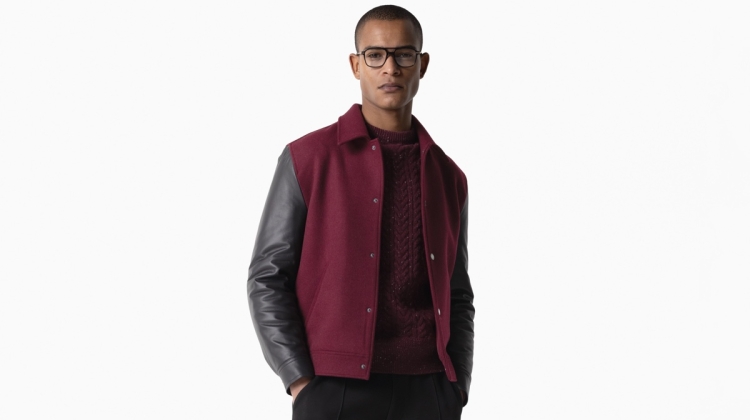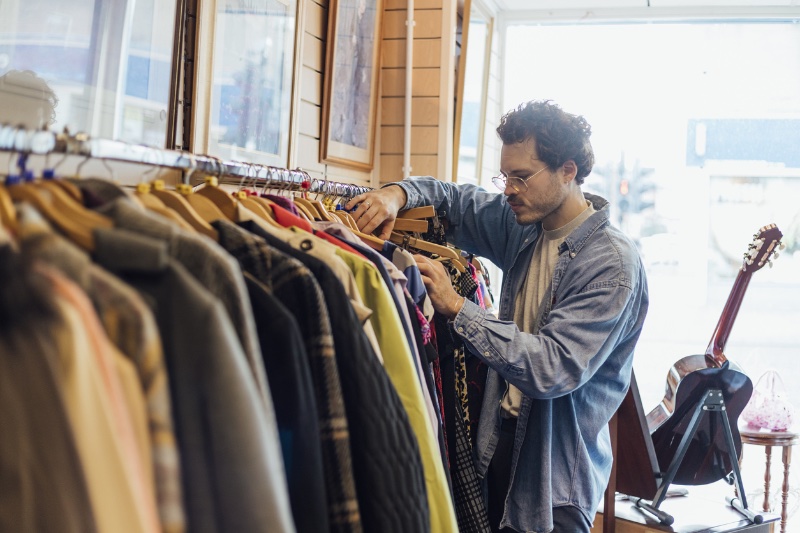
The textile industry’s environmental impact cannot be ignored, and it’s time for us to take responsibility for our carbon footprint. One way to do that is by utilizing discarded materials such as old garments, scrap fabrics, and even plastic waste to create innovative and unique pieces that reduce the amount of waste in the environment and promote conscious consumption.
This is where upcycled clothing comes into play. Upcycled fashion has become a rising trend in the industry as brands shift towards more sustainable and ethical practices.
By repurposing existing materials, designers can create more durable and long-lasting products, resulting in high-quality pieces built to last. Upcycling benefits the environment and offers a unique and fashionable style that makes a statement while contributing to a better world.
So, if you’re looking for fashion that makes a statement while contributing to a better world, then upcycled clothing is the way to go. With a growing demand for eco-friendly products, upcycled fashion is a step in the right direction towards a more sustainable and ethical industry, utilizing various materials that would otherwise go to waste, such as plastic, nylon, and polyester.
Let’s embrace upcycled jeans, vintage pieces, and preloved clothing and support the upcycling movement to create a better and more sustainable future for fashion.
The Textile Industry’s Impact on the Environment
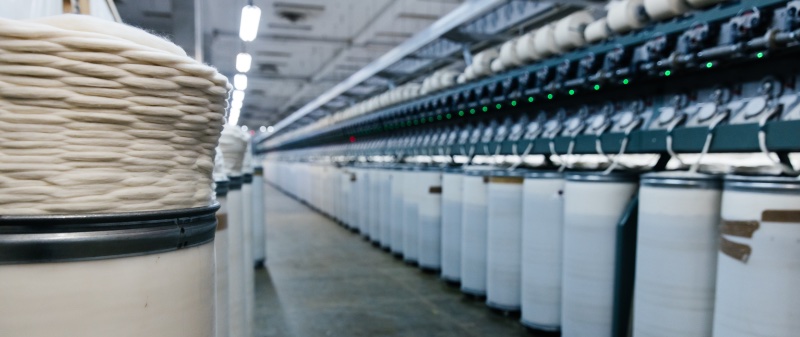
The textile industry has long been a dominant player in the fashion world, creating innovative fabrics and styles that have shaped how we dress. However, the industry’s environmental impact must be addressed.
The industry is notorious for its excessive use of resources, particularly water, and energy. For example, producing a single cotton T-shirt requires an average of 2,700 liters of water, equivalent to what one person drinks in 2.5 years.
In addition, the industry is one of the largest energy consumers, with the production of synthetic fibers alone accounting for 1% of the world’s total energy consumption. Moreover, the industry is a significant contributor to waste generation.
Every year, millions of tons of apparel and material waste are sent to landfills. These wastes take hundreds of years to decompose and release harmful greenhouse gases into the atmosphere. Textile waste is estimated to contribute to 5% of global landfill space.
The industry’s environmental impact extends beyond production and waste. Using toxic chemicals and dyes in production harms human health and the environment.
Many of these chemicals end up in waterways, contaminating water sources and harming aquatic life. As consumers, we can make a difference by making conscious choices about what we wear and how we shop.
Choosing eco-friendly fabrics like organic cotton or recycled polyester, buying second-hand apparel, and supporting sustainable brands are just a few ways to reduce our environmental effects. It’s time for the fashion industry to take responsibility for its impact on the planet and take steps toward more sustainable practices.
Is Upcycled Clothing High Quality?
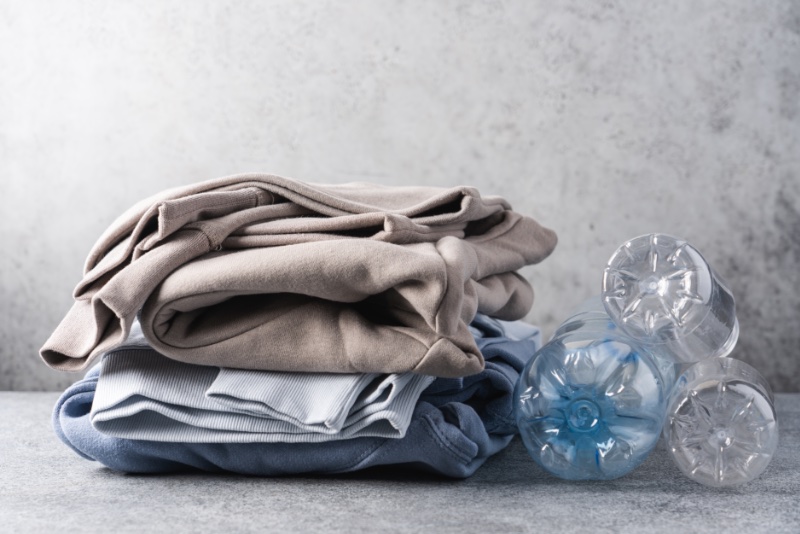
Upcycled clothing is not only a sustainable fashion choice but also a quality one. Upcycling involves repurposing existing materials, which can be of higher quality than newly produced materials, resulting in a more durable and long-lasting product.
Upcycling encourages designers to get creative with their designs, resulting in unique, stylish, and environmentally conscious pieces. Additionally, upcycling allows for using various materials that would otherwise go to waste, such as plastic, nylon, and polyester.
Surprisingly, textiles made from recycled plastic bottles can feel like polyester, using less energy and resources. So, regarding quality, upcycled clothes are a fashion choice that benefits the environment and offers durability and style.
Replace Your Fast Fashion with Upcycled Fashion
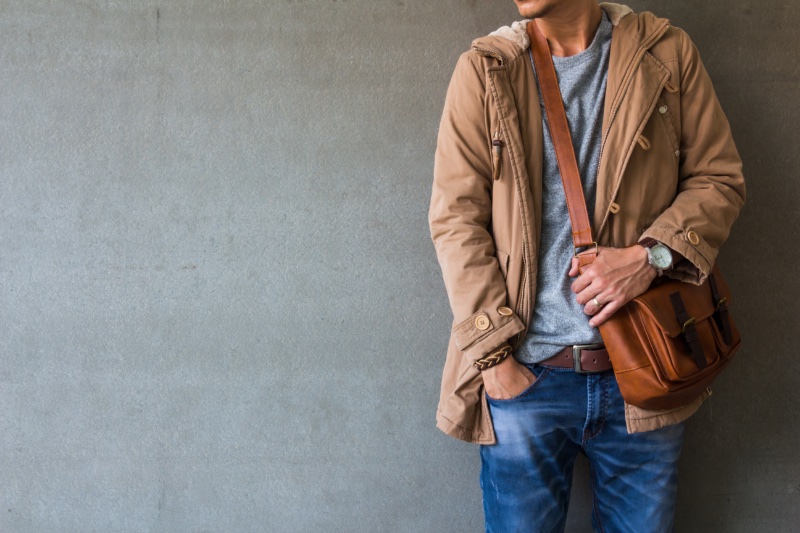
The fashion industry is notorious for its constant change, with trends coming and going in the blink of an eye. To keep up with consumer demand, fast fashion was created, with companies producing cheap clothing at an alarming rate.
Unfortunately, this has led to a staggering amount of fashion waste, with old clothes ending up in landfills and natural resources being depleted at an alarming rate. Swift fashion production also contributes to high carbon emissions, producing low-quality clothing from thin materials that waste precious resources.
But there is a solution: upcycling clothes. Upcycled fashion is all about creative reuse, taking surplus materials and old clothes to create new styles that are both trendy and eco-friendly.
By repurposing existing clothing, upcycled fashion avoids the waste associated with rapid manner and uses fewer resources and less energy to create something new. Upcycling can even break down old clothing and waste products to create new textiles that can be used to sew new clothing.
If you’re ready to join the upcycling movement, here are some tips to get started:
Tie Dye Old Shirts
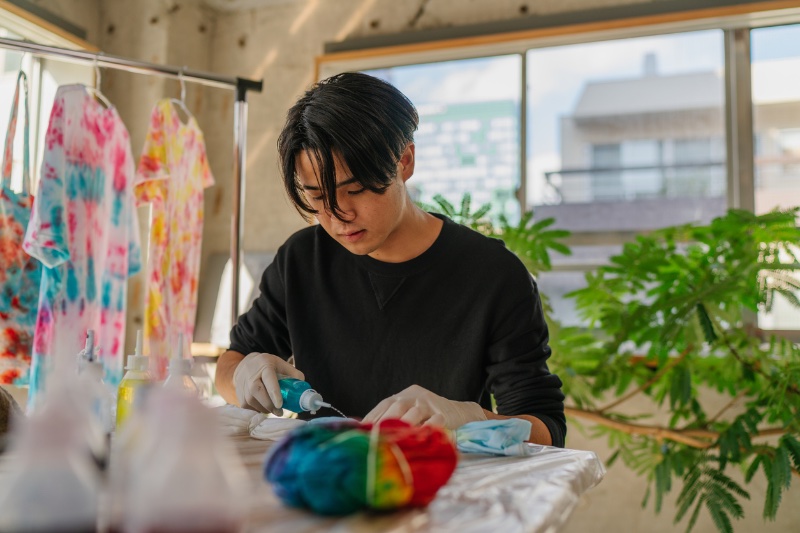
Are you looking to breathe new life into your wardrobe? Look no further than tie-dye, the latest trend in upcycling waste materials. Take your old T-shirts, which may have seen better days, and create something vibrant and new with some creativity.
This trend reduces our environmental impact while giving our old clothes a second chance. Cotton T-shirts, in particular, can last for years, and with a little bit of tie-dye, you can turn them into something that looks brand new.
So, if you’re looking for a way to freshen up that old tee from Urban Outfitters without contributing to fashion waste, try your hand at tie dye and give your old clothes a new lease on life.
Use Rips to Your Advantage
In a world of constant trends, it’s easy to overlook the value of upcycling. But with some creativity, even the most damaged pieces can be transformed into beautiful upcycled pieces. Don’t be afraid to cut up old garments to make something new.
Vintage fabric, in particular, can be a treasure trove of raw materials waiting to be transformed into something unique and stylish. For example, an old long sleeve shirt with a hole in the sleeve can be cut into a trendy tank top, perfect for a hot summer day.
Jeans with a rip can be ripped even further, creating a pair of ripped jeans that are both stylish and sustainable. By upcycling old clothing, you not only save money on replacing it but also help to reduce fashion waste.
So, the next time you’re tempted to throw away a damaged garment, consider giving it new life through upcycling.
Support Upcycled Fashion Companies

Upcycling has become a game-changer in the fashion industry, providing a solution to the problem of textile waste. Creative directors and fashion brands are taking notice, transforming waste products into stylish, upcycled clothing.
Instead of relying on virgin materials, major retailers are turning to upcycling companies to create something new from materials that would otherwise end up in landfill waste. One company making a positive impact is On the Road Again, which specializes in creating stylish totes from waste materials.
Their red tote bag, for example, is made from nylon coated with recycled plastic, resulting in a durable and water-resistant product perfect for everyday use. By transforming waste materials into something new, eco-friendly companies are reducing textile waste in the industry and offering eco-conscious alternatives to fast fashion.
So, the next time you want to update your wardrobe, consider supporting upcycled fashion companies. By opting for upcycled clothing instead of fast fashion, you’ll make a stylish statement and support a more sustainable and responsible approach to the textile industry.
Plus, with their natural fibers and recycled materials, upcycled clothing can be just as fashionable and durable as traditional clothing, if not more so.
Sustainable Fashion
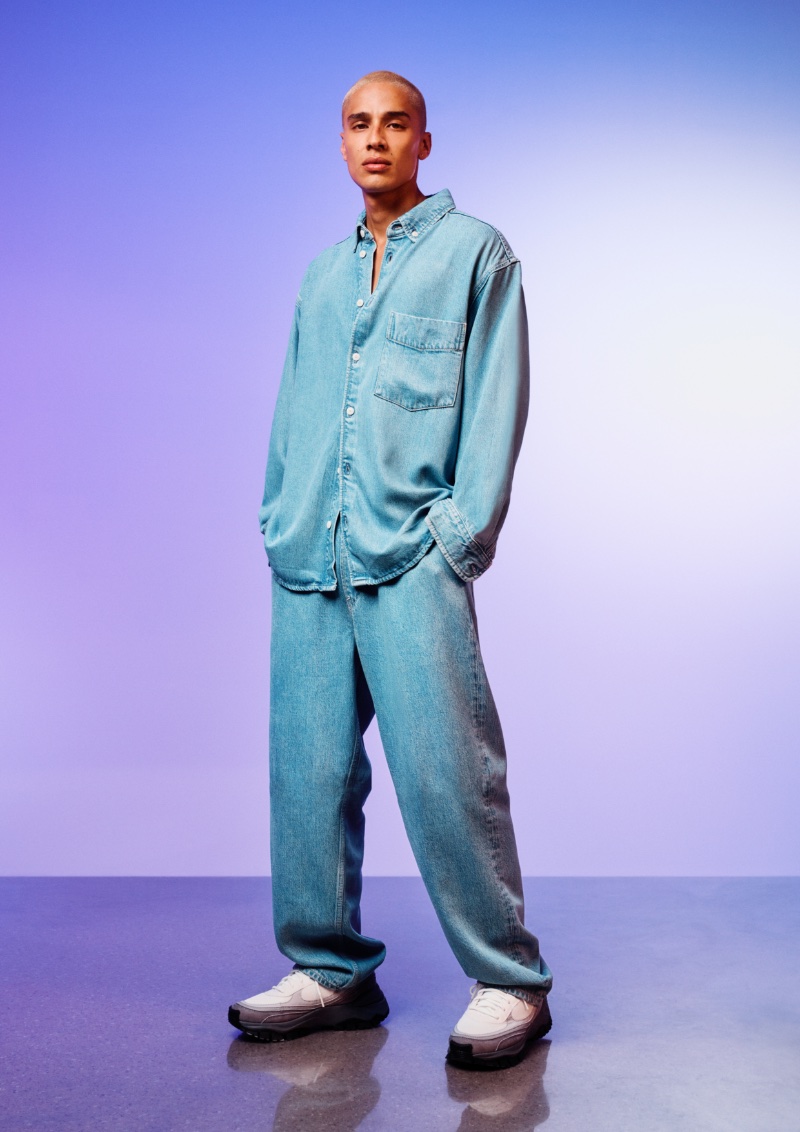
Many major fashion labels are making efforts to produce sustainable fashion. In recent years, there has been a growing awareness of the industry’s environmental and social impact, and many brands are taking steps to reduce their footprint and improve their practices.
Some examples of significant fashion labels that are making sustainable fashion a priority include:
Patagonia: This outdoor apparel brand has been a leader in sustainability for years, using organic and recycled materials in its products and advocating for environmental protection.
Levi’s: This iconic denim brand has launched several sustainable initiatives, including a program to recycle old jeans into insulation and use more sustainable cotton.
Adidas: This sportswear brand has committed to using recycled materials in its products and reducing waste in its supply chain.
H&M: This fast-fashion giant has launched a Conscious Collection made from sustainable materials and implemented a garment collection program to encourage recycling and reduce waste.
Stella McCartney: This luxury fashion label has been a pioneer in sustainability, using ethical and environmentally friendly materials in their products and advocating for animal rights.
These are just a few examples of the many major brands making efforts to produce sustainable fashion. While there is still a long way to go, these initiatives are a step in the right direction toward a more environmentally and socially responsible industry.
Final Thoughts

As conscious consumers, we can replace fast fashion with upcycled fashion. Upcycling clothes is all about creative reuse, taking surplus materials and old clothes to create new styles that are trendy and eco-friendly.
By repurposing existing clothing, upcycled fashion avoids the waste associated with rapid fashion and uses fewer resources and less energy to create something new. Here are some upcycling ideas to get started: tie-dye old shirts, use rips to your advantage, and support upcycled fashion companies.
Vintage clothing is also a great source of inspiration for upcycling, with unique vintage pieces that can be transformed into sustainable products. Many major fashion brands, such as Patagonia, Levi’s, Adidas, H&M, and Stella McCartney, are also trying to produce sustainable fashion.
These initiatives are a step in the right direction toward a more sustainable and ethical fashion industry. In conclusion, it’s time for us to take action and make conscious choices about what we wear and how we shop.
Simple projects like upcycling clothes can reduce our environmental impact and contribute to a circular economy. Let’s embrace upcycled jeans, vintage pieces, and preloved clothing and support the upcycling movement to create a better and more sustainable future for fashion.
